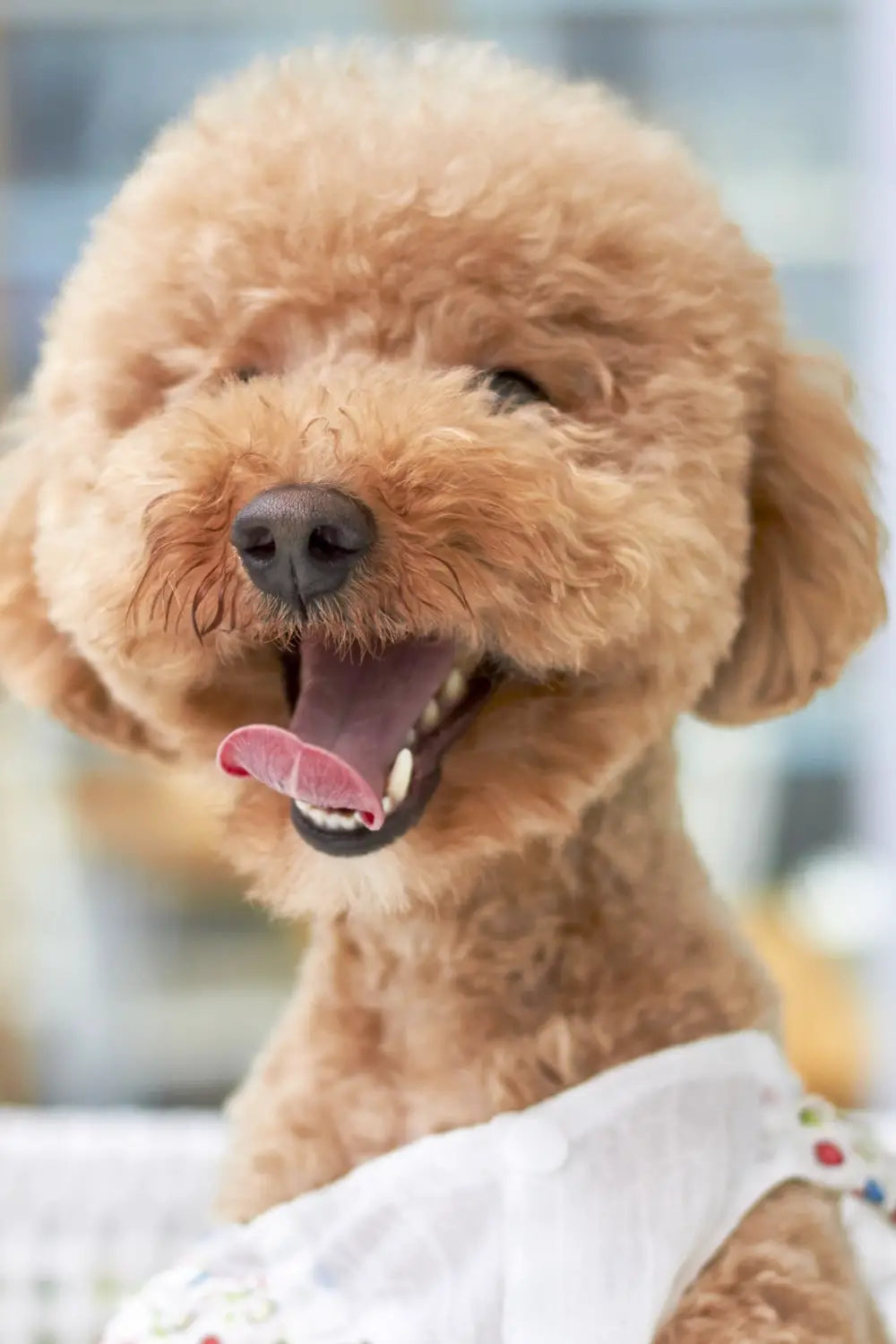
Dog Training Tools That Won’t Leave You Barking Mad
Share
Training a new puppy is a tough job. Like all kids, they are energetic and don’t listen. It’s in one ear and out the other with them, except they pee and poop on the floor too. Thank God the kids are potty-trained! Thankfully, enough animal-lovers have been through the experience that they understand. Not only that, but they’ve come up with handy resources that make the job ten times easier. That way, you never have to go through what they did when they trained their pooch. Here, then, are the four essential tools every owner should have during the training process.
A Pee Pad
Potty-training a canine is an inexact science. When you think you’ve got it nailed, they take a dump on the floor and act as if nothing happened. Now, you’ve got to clean up their mess and get rid of the smell. Urgh. Thanks to pee pads, there is no need to worry about slipping and falling on a number one again. If you see your dog struggling to make it to the door, the welcome mat should act as a safety blanket.
A Clicker
Not every dog is going to learn at the same speed. Some are intelligent and others aren’t as sharp on the uptake. Still, all they need is a visual cue to help them get the gist. A clicker is a perfect tool as it points directly to the spot. Along with an audible command, it should help your pooch recognize what it has to do and when. The red dot will get its attention at the very least, which is a start. Another option is to use a noise-activated one. As long as they associate the sight or sound with an action, it’s a win-win.
Treats
Once they do something positive, you need to reward them with a treat. Pavlovian conditioning teaches an owner must react when an animal does something good regardless. After a while, they’ll get used to the routine and will do things just on the basis that they get a treat. Be sure to reward your canine with something that it likes or else the effect is negated. Also, the treats should be healthy so that it doesn’t gain weight.
